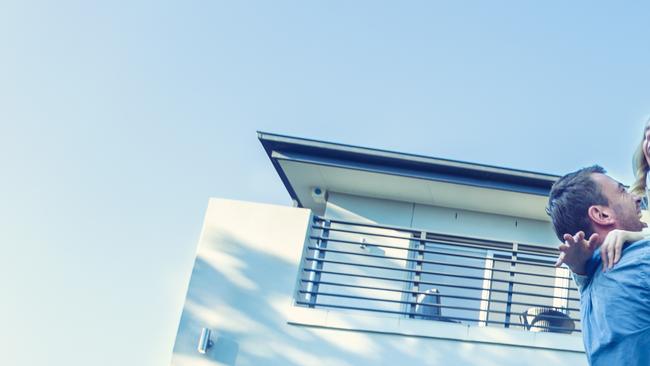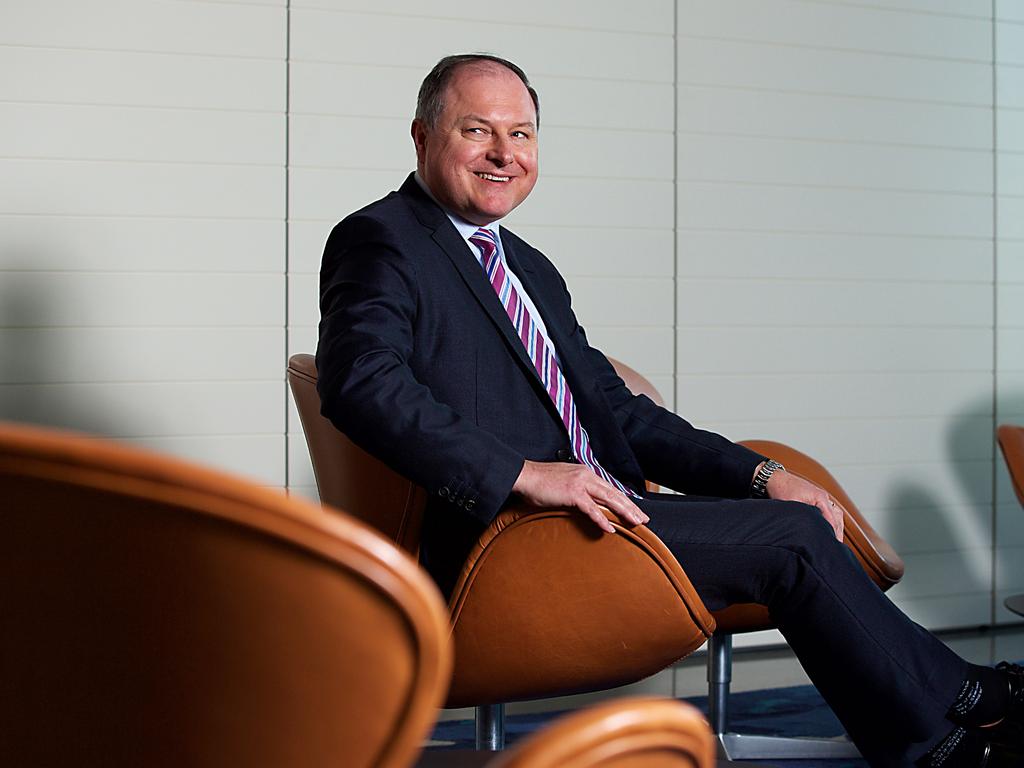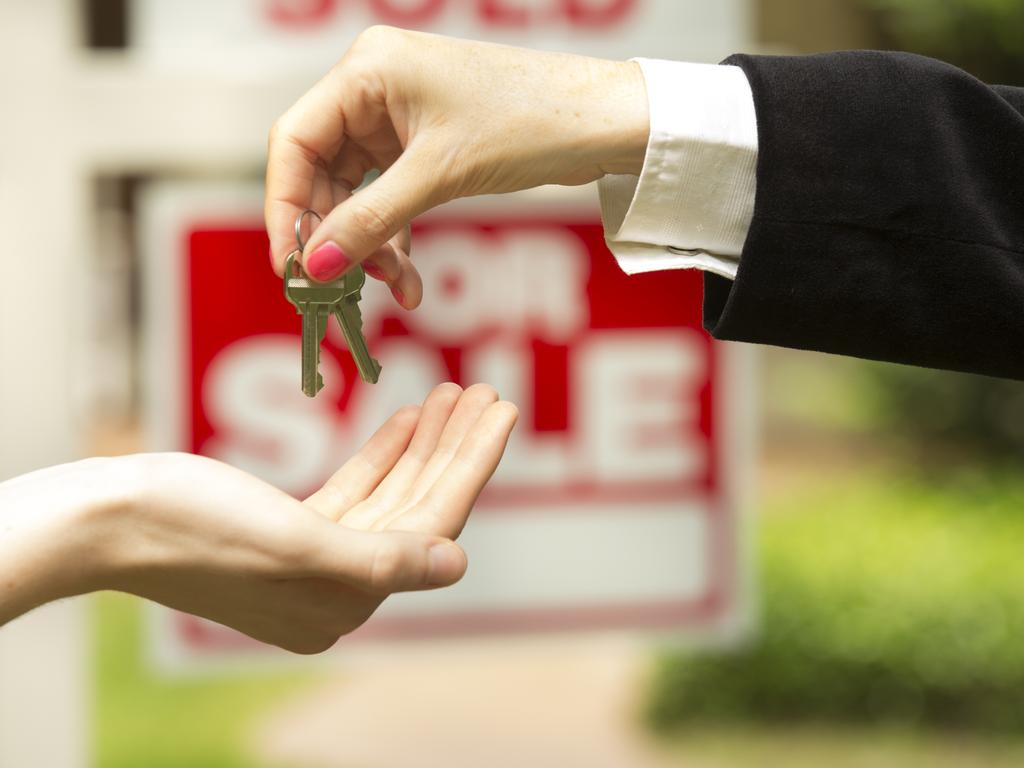Households have built up a $100bn buffer against COVID over the past six months, RBA data shows
New data has found the scaling back of emergency income support is unlikely to derail the economic recovery as household desposits surge past $1.09bn.

Australians have rapidly amassed $100bn in total savings as a buffer against the COVID-19 recession, in a sign that the economic recovery is unlikely to be derailed by the scaling back of emergency income support.
New figures from the Australian Prudential Regulation Authority show household deposits surged to $1.09 trillion by the end of September. This is an increase of $115bn over 12 months, and a $99.5bn increase on deposit levels in February before the pandemic took hold in Australia. In September alone, an additional $16.5bn flowed into deposit accounts.
With the JobKeeper wage subsidy scheduled to end in March and the JobSeeker coronavirus supplement expiring at the end of the year, Labor has accused the government of removing the key stimulus measures too quickly.
NAB director of market economics Tapas Strickland said that, just as the tens of billions in emergency support helped bridge the COVID-19 recession, the savings amassed as a result of that support could now help households navigate a sharp drop-off in income payments over coming months. He said the savings data showed that, if employment continued to rebound as government support was tapered, the household sector had a “fair degree of liquidity that could underpin consumption.”

The figures come amid mounting optimism that the economy is charting a relatively rapid recovery after suffering a 7 per cent contraction over the three months to June. Reserve Bank of Australia deputy governor Guy Debelle this week said he expected the economy to grow in the September quarter, which would technically spell the end of the COVID-19 recession in Australia.
Surveys show that outside Victoria, consumer confidence has staged a dramatic recovery to sit at pre-pandemic levels, although businesses remain gloomy. Figures from Seek this week show job listings running at 90 per cent of pre-COVID levels and above the pre-pandemic levels in NSW and Queensland.
Mr Strickland said the delayed easing of restrictions in Victoria could now “drive a second wave of momentum” in jobs and economic activity in coming months.
In addition to the unprecedented surge in government support to households through the health crisis, Australians also pulled $34.5bn from their retirement savings through the early-release-of-super scheme. And hundreds of thousands of borrowers have also deferred repayments on their loans.
RBA data based on APRA finance figures shows home lending in September grew at its fastest monthly pace in more than two years, as falling interest rates and a resilient housing market helped to keep credit flowing.
The total stock of housing loans lifted by 0.4 per cent last month, from 0.3 per cent in August, bringing the annual pace to 3.3 per cent from 3.2 per cent.
While Australians have been happy to snap up the cheapest loans in history to buy a home in which to live, businesses remain far less confident about the outlook as the economy charts an uncertain path out of the deepest downturn since the 1930s.
The RBA said the stock of outstanding business credit dropped by a further 0.3 per cent in September, the fifth consecutive month of declines, slowing the annual growth rate to 2 per cent from 2.9 per cent in August.
Owner-occupiers once again accounted for the bulk of increased housing borrowing, recording gains of 0.5 per cent in September and 5.4 per cent versus the same period a year earlier.
With an uncertain outlook for house prices and rising vacancy rates in rental accommodation as immigration has ground to a halt through the pandemic, housing investors have been less keen to borrow.








To join the conversation, please log in. Don't have an account? Register
Join the conversation, you are commenting as Logout